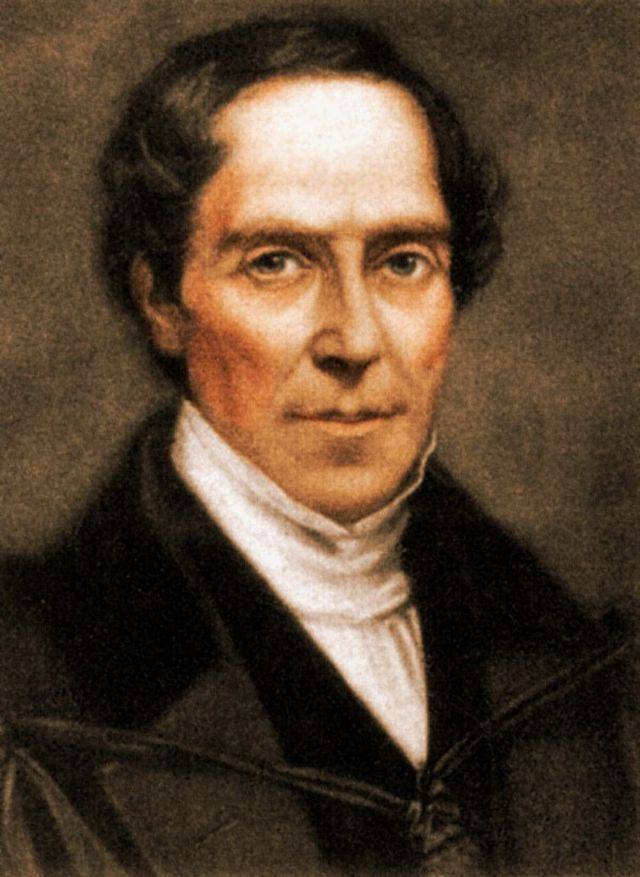by Sally Emerson

Part II of Gideon Mantell's historic find in Cuckfield from Illustrated London News, 1 July 1977
In 1833 he [Gideon Mantell] moved to Brighton to be close to William IVs court, aiming to extend his practice into sophisticated society. His house, No 20 The Steyne, was in a fashionable part of town near the Royal Pavilion. He moved his collection into this grand mansion.
Distinguished figure

The museum included bones from Cuckfield sandstone, fossils from chalk, an incomplete skeleton of the dinosaur hylaeosaurus and was soon to have the headless iguanodon skeleton found in Maidstone in 1834. By this time Mantell was a distinguished figure, belonging to various scientific institutions and mixing with great men such as Michael Faraday. He also become an early popularizer of science: his public lectures in Brighton drew audiences of sometimes 1,000 people.
His obituary in The Illustrated London News of December 4, 1852, read: ‘Dr Mantell was a most attractive lecturer, filling the listening ears of his audience with seductive imagery, and leaving them in amazement with his exhaustless catalogue of wonders. His style, both in speaking and writing, was fluent, and singularly free from technicalities - qualities which went far to render his works popular, and make him a favourite amongst our institutions for diffusing knowledge amongst the people.’
His books for the general reader were widely read: Wonders of Geology' (1838) went into six editions in the first ten years. Medals of Creation (1844) was well known abroad as well as in England: it clearly outlined existing knowledge about fossils and British palaeontology.
Although his reputation as a man of science had grown, his practice, and with it his wealth, had dwindled during his years in Brighton. He also needed money to give to his son Walter who was emigrating to New Zealand. Later Walter was to provide his father with some interesting New Zealand fossils to identify, the dinornis. the extinct moa, and notornis, another flightless bird. In 1838 Mantell sold his museum of 1,300 specimens to the British Museum for £5,000, far less than it had cost to assemble His wife left him that year.
Mantell moved to a practice in Clapham in 1839 and later to No 19 Chester Square. Belgravia. He devoted himself to writing, lecturing, scientific institutions and his distinguished friends, and let his practice fade out. By the end of his life he had written 67 books and memoirs and 48 scientific papers, mostly on the geology and palaeontology, including the plant life, of southeast England. The last of these papers described Telerpeton elginense, a reptile from the Triassic age (190 to 225 million years ago). In 1849 he received the Gold Medal of the Royal Society for his services to palaeontology.
It might be thought that Mantell, famous and respected, had fulfilled his ambitions. But he was still dissatisfied. In part his discontent during the last years of his life was due to a spinal pain caused by an accident, but much of it was founded on a belief that he had not accomplished enough. He died in 1852 from an overdose of opium taken to allay the pain in his spine.
To some extent his fear of failure to win immortality has proved justified. There is no comprehensive biography of Mantell. no plaque marking his home in London and no monument at Whiteman's Green in Cuckfield, site of his discovery of the iguanodon and other dinosaur remains. His original documents are all in New Zealand: they were sent there to his son on Mantell’s death.
loyal admirers
But Mantell still has loyal admirers. The Mantellian Society (Grantham House. South Chailey, Lewes, Sussex) has recently been formed which aims to raise money to redress these oversights of posterity. One of the founders is Dr Jack Palmer, a Lewes practitioner.
He took me to the site in Cuckfield where, 150 years ago, Mantell made his momentous discovery. There is nothing grand about the quiet green now, with the sleepy Downs rolling away in the background, but Dr Palmer has been given permission to erect a life-size reconstruction of the enormous iguanodon to loom among the trees. If the money for this plan cannot be raised it is hoped to mark the site with a block of Tilgatc stone with some iguanodon bones showing how and where they were found. 'The site will be a shrine to Mantell,' says Dr Palmer 'and will remind everyone that, out of the w hole world, Cuckfield was the birthplace of the dinosaurs'.
Photo: Wikimedia public domain image. Iguanodon bernissartensis models - Castilla-La Mancha Paleontological Museum (Cuenca, Spain)
Illustrations Wikimedia public domain image. Gideon Algernon Mantell, Mary Ann Mantell from a painting in the Possession of W. M. Woodhouse, Esq.
Illustrated London News, 1 July 1977.
Contributed by Malcolm Davison.



コメント